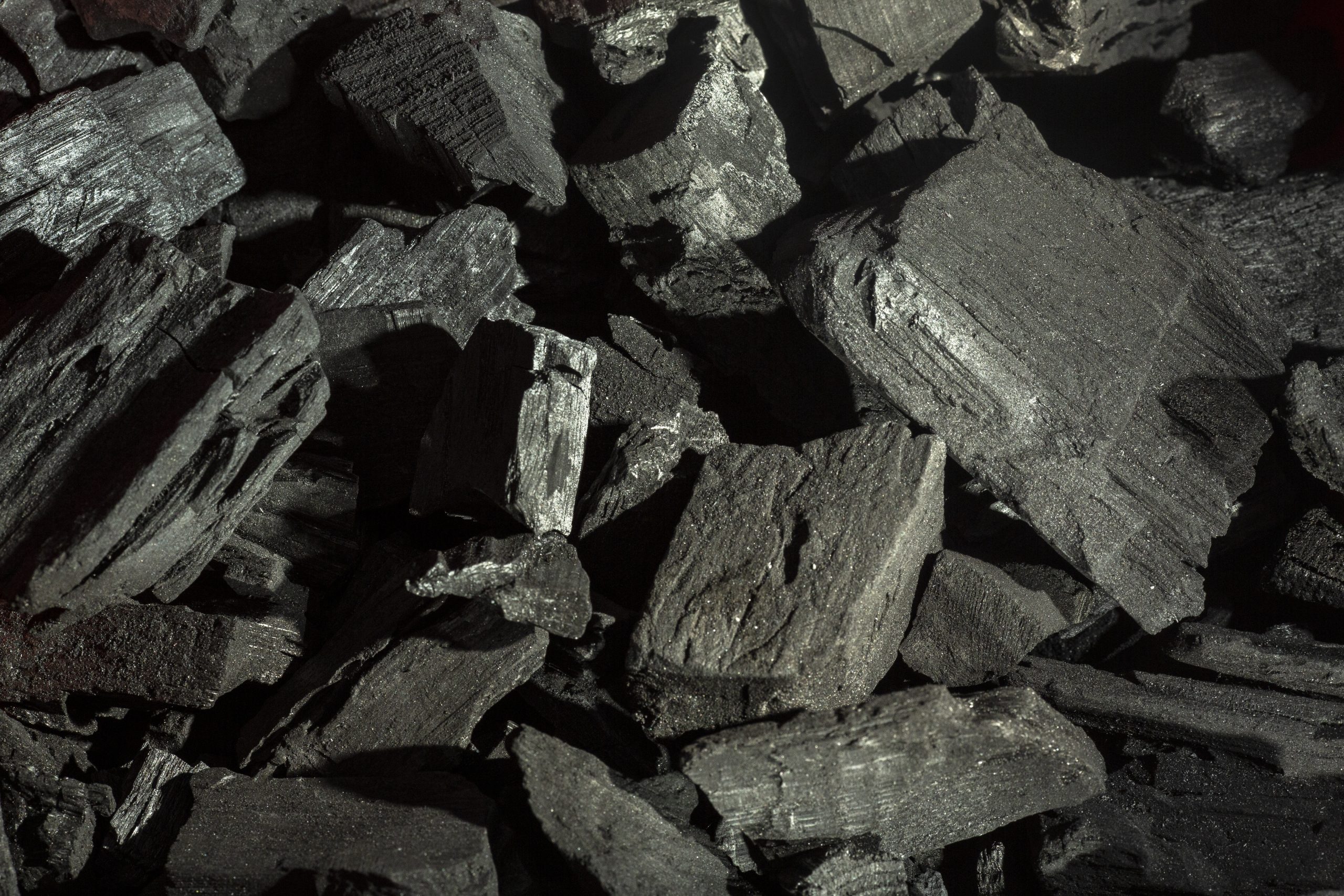
Coal-fired power plants have long been a major source of electricity generation worldwide, but their environmental impact, particularly CO2 emissions, pose significant challenges. Fortunately, there are viable solutions to transform these polluting facilities into clean energy sources. In this blog, we’ll explore the mechanisms and technologies available to convert coal-fired power plants to CO2-free energy sources, including nuclear and ammonia power plants. Additionally, we will note the irrationalities of options that may end backfiring in the mid-long term.
Nuclear Power Conversion:
Nuclear power offers a clean and reliable alternative to coal-fired generation, producing virtually no CO2 emissions during its operation.
Conversion involves retrofitting coal-fired plants with nuclear reactors, which use nuclear fission to generate heat, producing steam to drive turbines and generate electricity.
Key steps in conversion include evaluating site suitability, upgrading infrastructure for reactor installation, and obtaining regulatory approvals.
Nuclear power plants require robust safety measures and stringent regulatory oversight to mitigate risks associated with radiation and nuclear accidents.
Despite initial investment costs, nuclear power offers long-term benefits, including stable electricity production and reduced greenhouse gas emissions.
Ammonia Power Conversion:
Ammonia power plants represent another innovative solution for decarbonizing coal-fired power generation. Conversion involves repurposing coal-fired plants to produce and combust green ammonia (ammonia produced using renewable energy sources). Green ammonia is produced through electrolysis, using renewable energy to split water molecules into hydrogen and oxygen, and then combining hydrogen with nitrogen to form ammonia. Converting coal-fired plants to ammonia production facilities requires modifications to accommodate electrolysers and ammonia synthesis equipment. Ammonia combustion in modified boilers produces nitrogen and water vapor as byproducts, eliminating CO2 emissions associated with coal combustion.
Green Hydrogen Conversion
Green hydrogen offers another promising pathway for decarbonizing coal-fired power plants. Conversion involves utilizing renewable energy sources, such as wind or solar power, to produce hydrogen through water electrolysis. Hydrogen can be stored and used as a clean fuel for power generation, either through combustion or in fuel cells, producing only water vapor as a byproduct. The process of converting coal-fired plants to green hydrogen facilities requires integrating electrolysers and hydrogen storage systems into existing infrastructure. Green hydrogen offers the potential for reliable and scalable energy generation without CO2 emissions, contributing to a sustainable energy transition.
Carbon Pricing
Governments around the world have implemented carbon pricing mechanisms to internalize the external costs of CO2 emissions and incentivize emission reductions. Carbon pricing can take the form of carbon taxes or cap-and-trade systems, where companies are required to purchase permits for their emissions or pay a price per ton of CO2 emitted. Advantages of carbon pricing include providing a clear economic signal for reducing emissions, encouraging innovation and investment in low-carbon technologies, and generating revenue for climate mitigation and adaptation efforts. However, carbon pricing may face challenges such as political opposition, concerns about economic competitiveness, and the potential for regressive impacts on low-income households.
Carbon Capture and Storage (CCS)
Carbon capture and storage (CCS) involves capturing CO2 emissions from power plants and other industrial sources, compressing it into a liquid or supercritical state, and injecting it deep underground for long-term storage in geological formations such as depleted oil and gas reservoirs or saline aquifers. CCS technology can significantly reduce CO2 emissions from coal-fired power plants and other high-emission industries. Advantages of CCS include its potential to mitigate CO2 emissions from existing fossil fuel infrastructure, enabling the continued use of coal and natural gas while reducing greenhouse gas emissions. Additionally, CCS can help address the challenges of intermittency and variability associated with renewable energy sources, providing a reliable and dispatchable source of low-carbon electricity. The disadvantage on the other hand relate to the inheritance cost, and uncertainty of the reliability of the storage. Pressing the CO2 exhaust into high pressure containers, and dumping them in underground storage facilities or in the ocean does not end up solving the problem but creating new ones. The costs are clearly prohibitive and the amount of work involved simply monstruous.
Conclusion
Converting coal-fired power plants to clean energy sources is a good option for converting existing infrastructure into a clean energy source. It may be an essential part of combating climate change and reducing greenhouse gas emissions. By transitioning to nuclear, ammonia, or green hydrogen-based generation, we can achieve CO2-free electricity production while ensuring reliable and sustainable energy supply. While both nuclear and ammonia power conversion present technical and regulatory challenges, their long-term benefits outweigh the initial investments. With concerted efforts and innovation, we can pave the way for a cleaner and more sustainable energy future.
